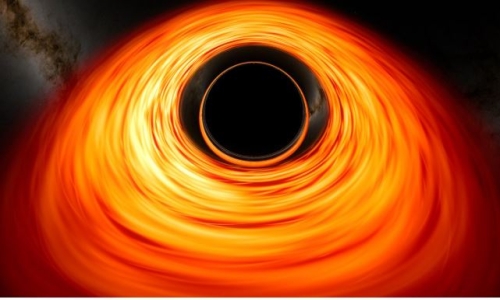


 7:10:57
7:10:57  2023-04-16
2023-04-16  1482
1482

Enter the weird world of the echidna—a mammal in a category all its own
Explaining echidnas can strain the vocabulary. They’re monotremes, or egg-laying mammals; they and the platypus are the only such creatures left on Earth. They come with long or short beaks—if by beak we mean a smooth tube of snout ending in a tiny, toothless mouth. And they’re called spiny anteaters, but those aren’t spines; they’re rigid, modified hairs.
A baby echidna is a puggle. A group of echidnas is a parade—unless they’re mature males waddling after a female in mating season, in which case it’s a train (often with a younger male at the end, like a callow caboose). These love trains may grow to 10 or more males and may trail a female for days, until she signals the last stop by stretching out on the ground. Then males dig a rut in the earth around her and, sumo-wrestler style, try to shove each other out of the ring. The victor gets to mate with her first—and his male member looks purpose-built for that task.
The penile shaft has four heads, each plumbed to deliver semen—but only two heads are used in each erection, and the male alternates which two. That’s possible because echidnas’ erectile tissue anatomy differs from most other mammals’, Australian scientists reported in a 2021 study. The anomaly likely helps males compete for mates: Swapping penis sides allowed one echidna to “ejaculate 10 times without significant pause,” study authors noted.
About 20 days after mating, the female deposits one egg into her abdominal pouch. After 10 more days, her puggle hatches into the world.
Echidnas are found in New Guinea and all Australian states, from arid deserts to cold mountains. They don’t settle in one nest but take shelter in brush piles, hollow logs, or dens they or other animals have dug
Adult echidnas can range from 14 to 30 inches long and weigh anywhere from five to 22 pounds. They’re likely named after a mash-up from Greek myth: the monster Ekhidna, half reptile and half mammal. The echidna is possibly the only terrestrial animal to use electroreceptors to locate prey.
Reality Of Islam |
|

If you'

Imagine bei

MIT en
 9:3:43
9:3:43
 2018-11-05
2018-11-05
10 benefits of Marriage in Islam
 7:5:22
7:5:22
 2019-04-08
2019-04-08
benefits of reciting surat yunus, hud &
 9:45:7
9:45:7
 2018-12-24
2018-12-24
advantages & disadvantages of divorce
 11:35:12
11:35:12
 2018-06-10
2018-06-10
 6:0:51
6:0:51
 2018-10-16
2018-10-16
 7:45:39
7:45:39
 2018-06-21
2018-06-21
 10:43:56
10:43:56
 2022-06-22
2022-06-22
 11:34:48
11:34:48
 2022-06-29
2022-06-29
 3:42:22
3:42:22
 2021-12-24
2021-12-24
 2:2:13
2:2:13
 2022-10-08
2022-10-08
 7:26:19
7:26:19
 2022-04-08
2022-04-08
al-hussain (peace be upon him)
 10:18:1
10:18:1
 2022-09-21
2022-09-21
 5:41:46
5:41:46
 2023-03-18
2023-03-18
| LATEST |